Leitmeritz snaps photos of players remotely on FaceTime
By Feb 15, 2021Social
Baby Boom: Jack Sock reveals first child, Barbora Strycova announces second pregnancy
By Nov 22, 2023Social
Barbora Strycova shouts out “two champs,” Marketa Vondrousova and son Vincent at final US Open
By Aug 31, 2023Social
Barbora Strycova gets emotional home-soil send off in Prague
By Aug 02, 2023Social
“Mom won!” Barbora Strycova celebrates post-maternity leave victory with son Vincent
By May 09, 2023Social
'Like a Destiny’s Child reunion': Hsieh Su-wei, Barbora Strycova reunite in Madrid
By Apr 23, 2023Social
Barbora Strycova teases summer comeback after giving birth to first child
By Feb 01, 2023News
Barbora Strycova welcomes first child, shares adorable photo on social media
By Oct 01, 2021News
Barbora Strycova serves with stunning pregnancy photoshoot
By Sep 14, 2021Baby Bee: Strycova announces pregnancy
By Mar 26, 2021Leitmeritz snaps photos of players remotely on FaceTime
"I learned that you can see something without being there," the photographer said.
Published Feb 15, 2021
Advertising
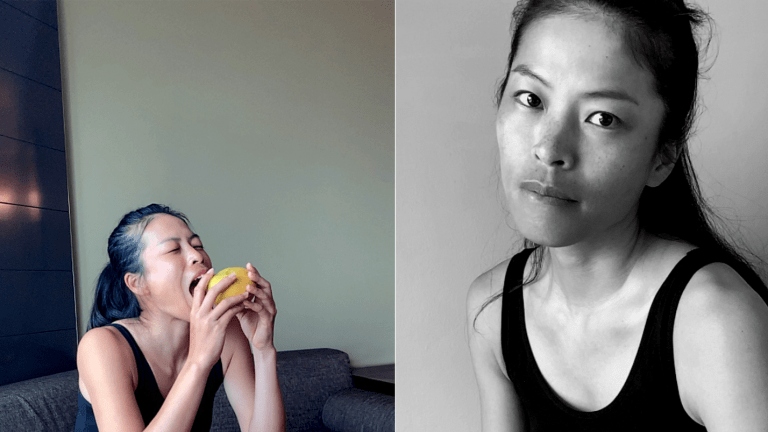
World No. 71 Hsieh Su-Wei
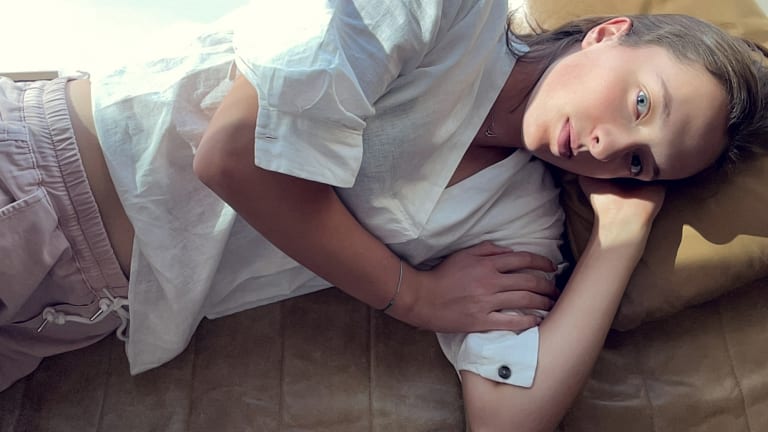
Last year's Roland Garros champion Iga Swiatek
Advertising
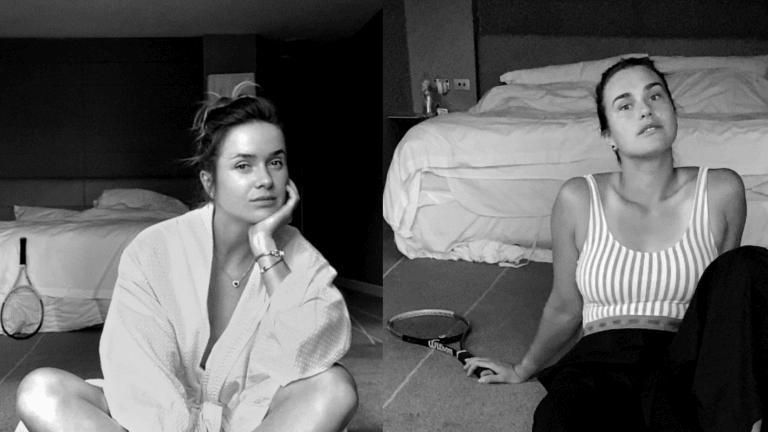
Elina Svitolina (left) and Aryna Sabalenka
Advertising
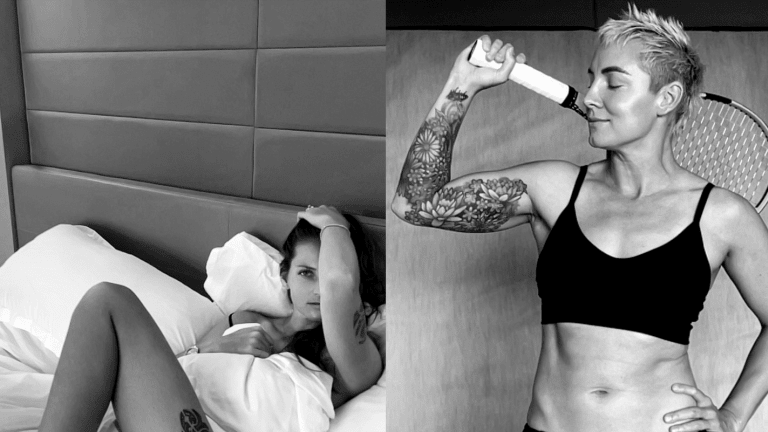
Karolina Pliskova (left) and Bethanie Mattek-Sands
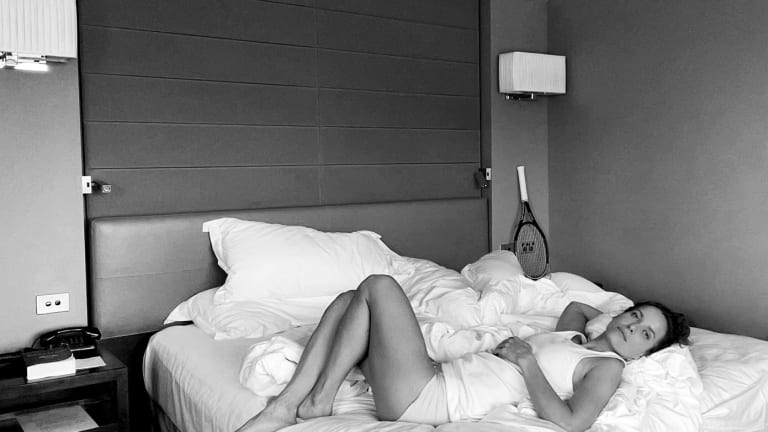
Barbora Strycova